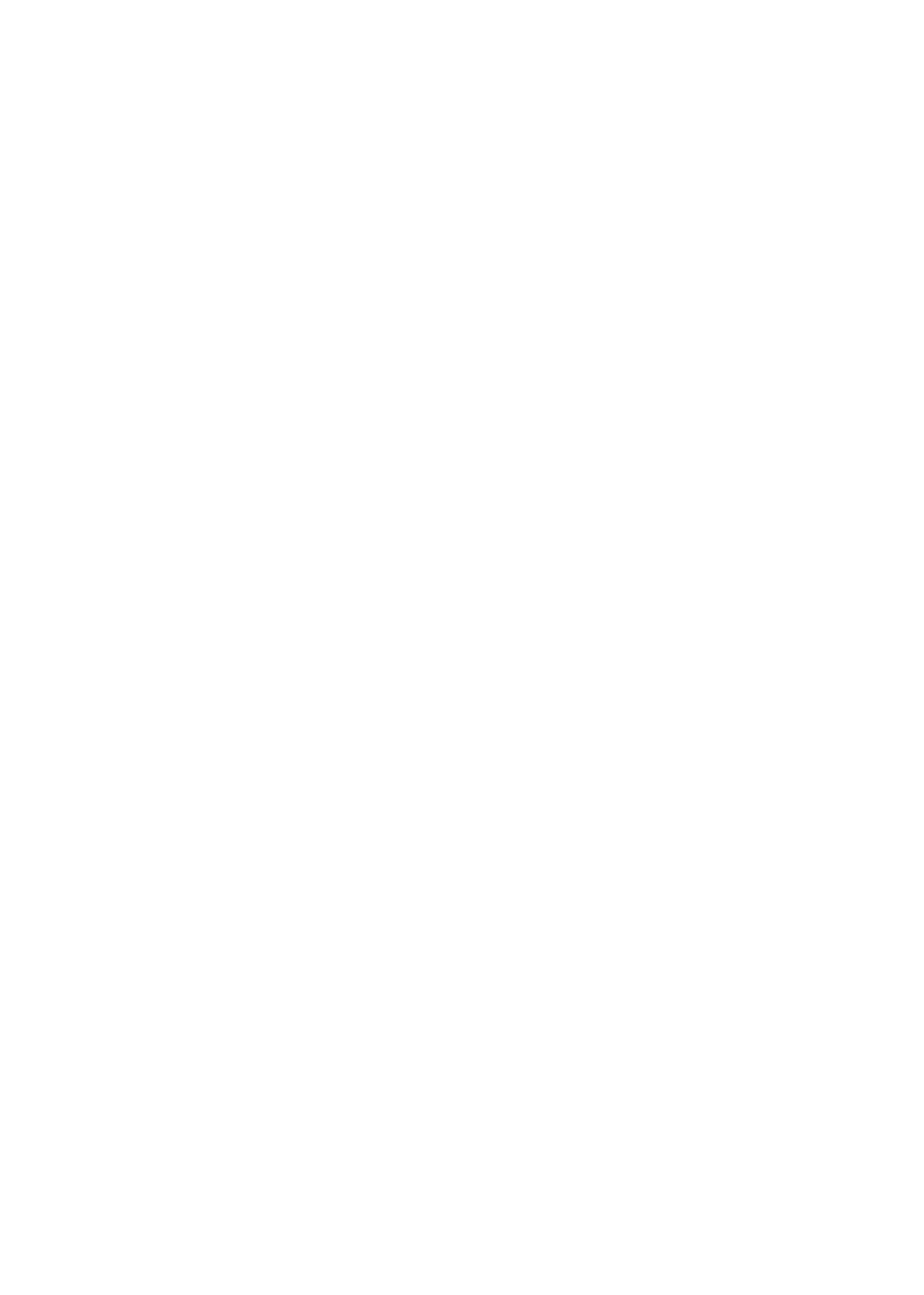

158
the data has been documented suggesting caution in the use of the data (Humphreys and
Crawfurd, 2014).
Also, schools are usually categorized as public and private, within each category are other sub-
categories. In the public sector, there are Federal schools, State (sub-regional) schools and Local
Government managed primary schools. The private category includes religious, commercial
schools, not-for-profit/charity schools and community schools. The non-state category also
includes formal, non-formal and special schools. Many of the for-profit school offer secular
curriculum while faith-based schools include those that offer both formal and non-formal
curriculum.
The state provided basic education is free but households still bear costs of providing school
uniforms, transport, books, examination fees and other occasional levies. Various initiatives
have been introduced to lower education costs and increase access but these are largely donor-
driven. Some of the examples are a free primary school uniform, provision of instructional
materials, transport support, the supply of sanitary pads to schools, school grants and
conditional cash transfer. These initiatives are not evenly implemented and most of them are
implemented in very few states (Coinco 2012; Pinnock 2012; UNICEF 2012; Dunne et al. 2013;
Humphreys and Crawfurd, 2014).
Despite the subsidization of state schools, households are increasingly embracing non-state
primary and secondary schools where they pay varying ranges of fees. The government’s
definition of private sector refers to anything besides the government, including for and not-for-
profit schools. The Nigeria Digest of Education Statistics (NEDS) shows that there were 34717
private primary schools (public primary schools were 62184) and 20313 private secondary
schools (public secondary schools were 12520) in Nigeria in 2015/2016 academic year but
studies in Lagos and the Kwara States indicate that the number of private schools in NEDS is
often far lower than the actual number of private schools in the country (Härmä, 2011a,b; FME,
2017). A study in Kwara state shows that the number of private schools was three times the
number that is officially recognized and listed in the annual school census (Härmä, 2011c;
Humphreys and Crawfurd, 2014). The report of the Lagos private school census indicates that
almost 60% pupils are enrolled in private schools irrespective of the higher cost of private
schools and 77% of the private schools lacked government’s approval, implying that they
operate illegally and unknown to the government or without any state record (Härmä, 2011a,b).
Reasons highlighted in a number of independent studies for choosing private schools over public
schools by households relate to the inability of the government to provide sustainable access to
quality education and a prevailing belief among parents that such schools offer higher quality
learning experiences and opportunities to their pupils (Tooley and Dixon, 2005; Härmä,
2011a,b; Adefeso-Olateju, 2012; Humphreys & Crawfurd, 2014). A number of studies suggest
that private schools tend to have better basic infrastructure and supplies than public schools
and, private schools teachers spend more time in their jobs than in public schools (Tooley and
Dixon, 2005; Keating 2007). Reasons provided for the choice of private education in the 2015
Nigerian Education Data slightly differ at the primary level but are similar at junior secondary
level. Factors influencing school choice also vary across geopolitical zones, rural-urban locations
and different economic quintiles (NPC & RTI, 2016). According to the NEDS, proximity/available
space tops the list of reason poor households, residents in poorer zones and rural dwellers chose
schools for their children at primary level. Proximity if seconded by the quality of education. A
total of 61.7%of rural dwellers (32.1% for urban), 67.8%and 74.0%of northeast and northwest
















